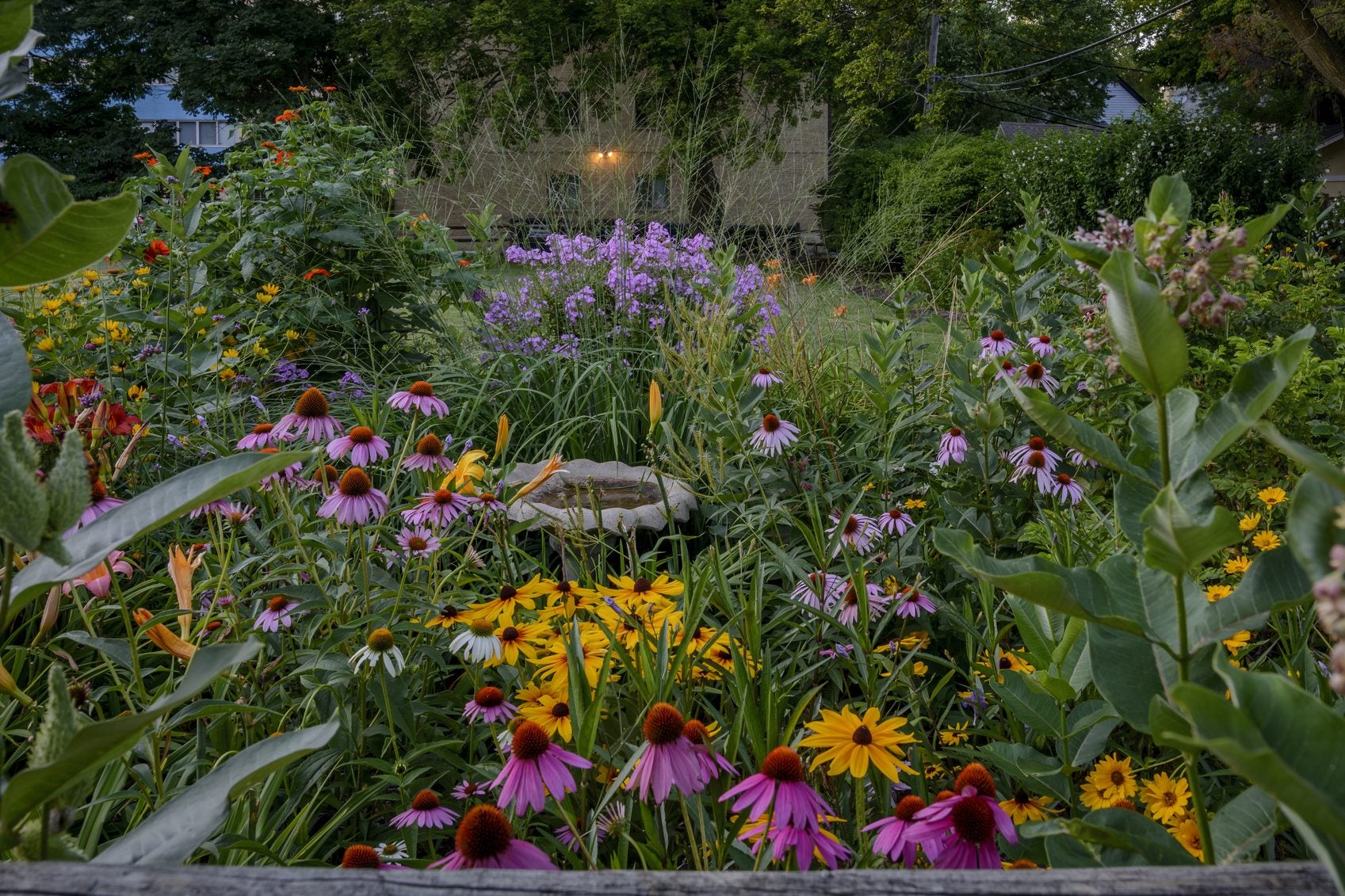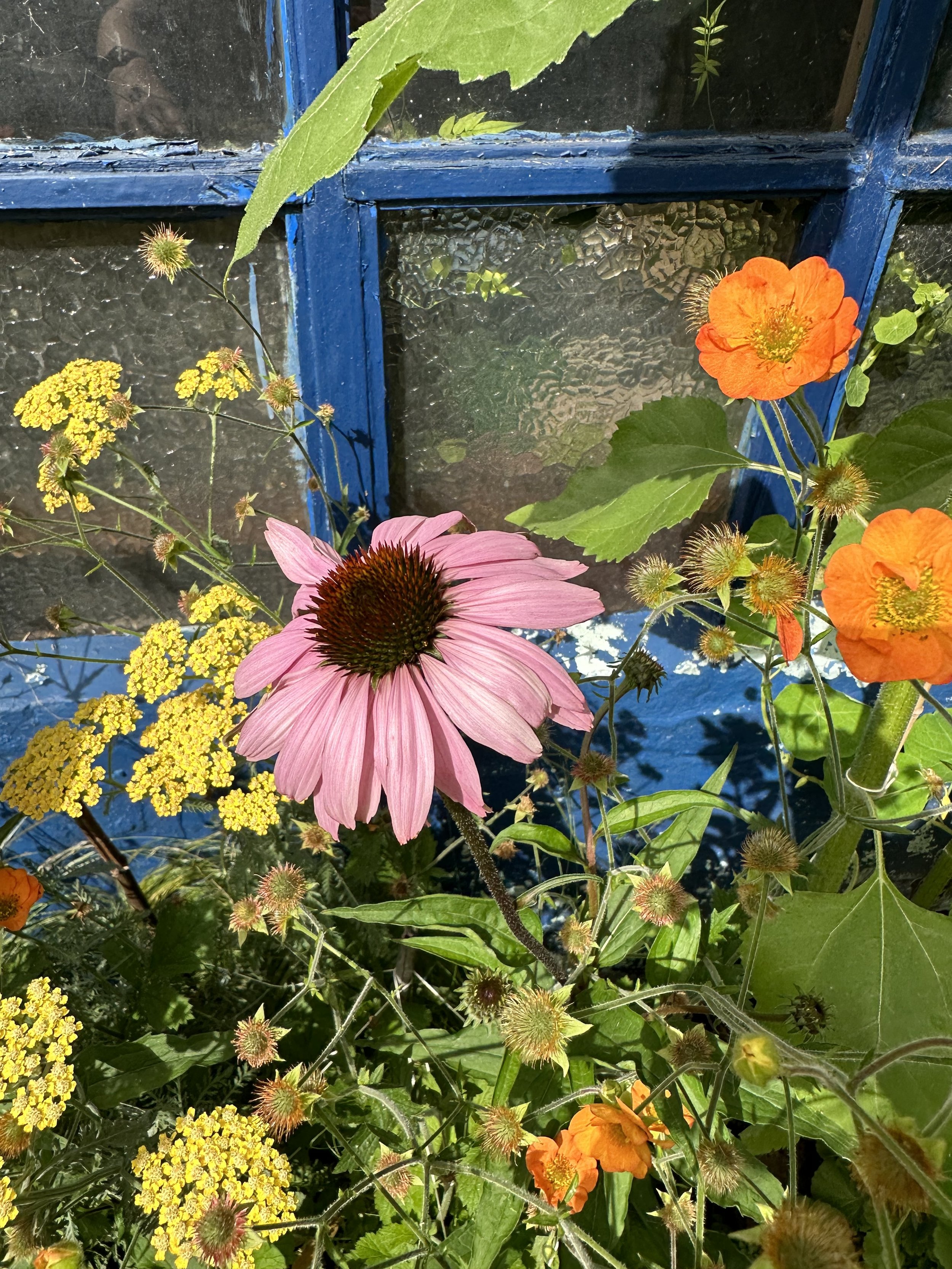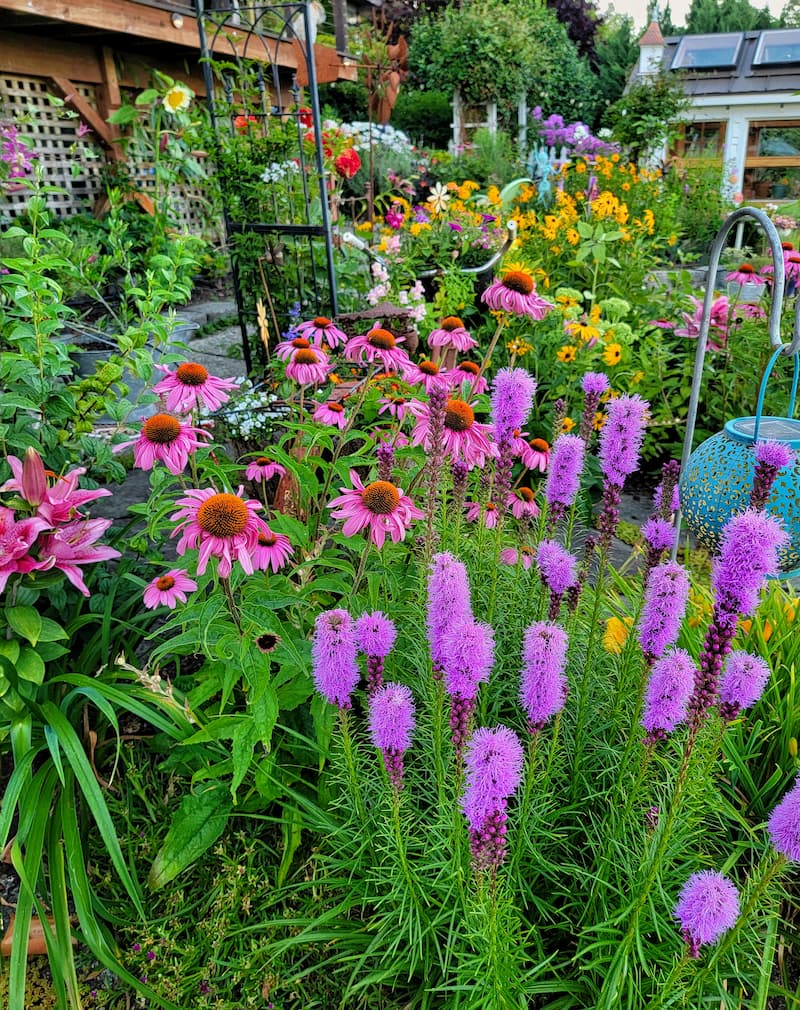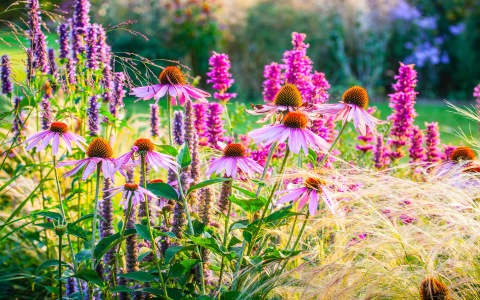Howdy folks! Today, we’re gonna yak about somethin’ called “companion plants” for them coneflowers. Now, I ain’t no fancy pants gardener, but I know a thing or two ’bout plantin’ stuff so it grows good and purdy.
What are coneflowers anyway?

Well, coneflowers, they’re them pretty flowers, look kinda like daisies but with a pointy center, like a cone, you see? They come in all sorts of colors, too – purple, pink, yellow, even white. Bees and butterflies, they love ’em, which is a good thing, ’cause we need them critters for our gardens to thrive.
Now, plantin’ just coneflowers, that’s alright, but if you wanna make your garden real somethin’, you gotta plant ’em with other plants that get along with ’em. That’s what them fancy folks call “companion planting.” It’s like havin’ good neighbors in your garden.
Why plant companion plants?
Well, it’s like this. Some plants, they help each other out. Like, some plants, they got smells that keep away the bad bugs. Some plants, they bring in the good bugs, like ladybugs, that eat the bad bugs. And some plants, they just make the soil better, so everything grows bigger and stronger.
So, what plants are good buddies for coneflowers?
- Black-Eyed Susans: These fellers, they look a lot like coneflowers, but with yellow petals and a black center. They bloom ’bout the same time as coneflowers, so they make the garden look real cheerful. And the bees, they love ’em both, so you get double the buzzin’!
- Lavender: Oh, lavender, that stuff smells so good! It keeps away the bad bugs, and the bees, they like it too. Plus, it looks real pretty next to coneflowers, with its purple flowers and all. It is perennial, you know? Means they come back year after year.
- Yarrow: Now, yarrow, that’s a tough plant. It can handle the heat and the dry spells. And it brings in the good bugs, the ones that eat the bad bugs. It’s got little bitty flowers, but they’re real pretty when they all bloom together. It has different colors, too, just like them coneflowers.
- Russian Sage: This one, it’s tall and kinda wispy, with blue-purple flowers. It blooms for a long time, so you got color in your garden even when the coneflowers are done bloomin’. And the bees, they go crazy for it! I once saw one bumblebee just wouldn’t leave.
How to plant ’em together?
Well, you don’t wanna cram everything all together. Plants need space to grow. You gotta give ’em room to breathe, you know? For coneflowers, they say you gotta plant ’em ’bout 18 to 24 inches apart. That’s ’bout two feet, give or take. And when you plant other stuff around ’em, just make sure they ain’t too close. Give ’em a little elbow room.

Other things to keep in mind.
Coneflowers, they like the sun. They need at least six hours of sun a day. And they don’t like wet feet, so you gotta plant ’em where the water don’t sit. Good drainin’ soil, that’s what they like. If your dirt is hard like a rock, you gotta loosen it up a bit. Add some compost or somethin’. Make it nice and fluffy, so the roots can grow easy.
And don’t forget to water ’em, ‘specially when it’s hot and dry. But don’t water ’em too much, neither. Just enough to keep the soil moist. And if you wanna be real fancy, you can put some mulch around ’em. That helps keep the weeds down and keeps the soil from dryin’ out too fast.
More good plant buddies for coneflowers:
- Bee balm: Another one the bees love, and it comes in bright colors like red and pink.
- Coreopsis: These have little yellow flowers, and they bloom all summer long. They kinda look happy.
- Salvia: This one has tall spikes of flowers, usually blue or purple, and it attracts butterflies and hummingbirds.
- Nepeta (Catmint): Cats go crazy for this stuff, but bees like it too, and it has pretty blue flowers. And it spreads, this one.
- Asters: These bloom late in the season, so they give your garden color when other flowers are done blooming. And they have so many little tiny petals, so pretty.
So, there you have it. A few ideas for companion plants for your coneflowers. Just remember, plantin’ a garden ain’t rocket science. It’s just about puttin’ plants together that get along and help each other out. And havin’ a little fun while you’re at it. Now, y’all get out there and get yer hands dirty!
Some extra things to think about.
Think about how tall the plants will get. You don’t want the tall ones shadin’ the little ones. And think about the colors. You want a garden that looks pretty, don’t you? So mix it up a bit. Put some purple next to some yellow, some red next to some white. Make it look like a party in your garden!

And don’t be afraid to experiment. Try different plants, see what works, see what don’t. That’s the fun of gardening. It’s always a surprise. Sometimes you plant somethin’ and it grows like crazy, sometimes it just dies. That’s just the way it is, don’t you fret none about it.
And most important, don’t forget to enjoy your garden. Sit out there in the mornin’ with a cup of coffee, or in the evenin’ with a glass of sweet tea. Listen to the birds sing, watch the bees buzz, and just be thankful for all the beauty that nature has to offer.





















